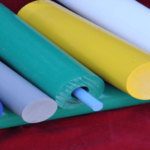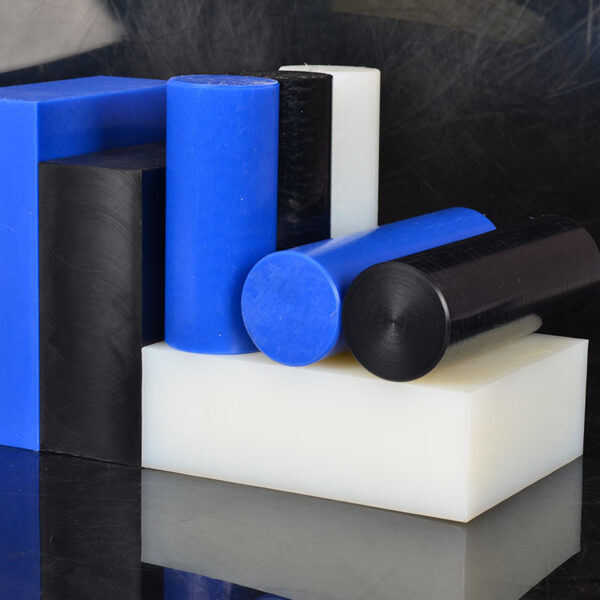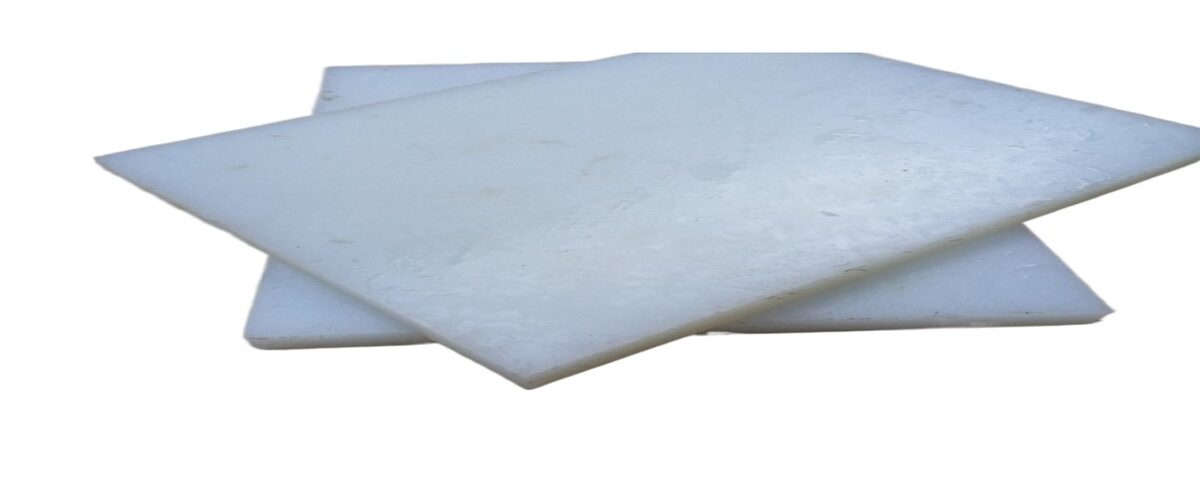
What Are the POM Material Data Sheets?
December 4, 2024
What is the full form of UPE material?
December 4, 2024PA (Polyamide) plastic, commonly known as nylon, is a versatile thermoplastic used in a wide range of applications, from textiles and automotive components to electrical insulation. One of the key considerations in environmental sustainability is whether PA plastic can be recycled. The answer is yes—PA plastic can be recycled, but the process requires careful management and specific methods to ensure efficiency and quality.

Types of PA Plastics That Can Be Recycled
There are several types of PA plastics, and while most can be recycled, the ease and effectiveness of the recycling process depend on the specific grade and form of the material. The two most common types are:
- PA6 (Nylon 6): Recyclable through mechanical or chemical recycling methods. It is often recycled into pellets that can be reused in the production of new products.
- PA66 (Nylon 66): Also recyclable, but its higher melting point and stronger molecular structure can make the recycling process more challenging than PA6.
Recycling Methods for PA Plastic
- Mechanical Recycling: This involves shredding and melting PA plastic to create new products. It is a relatively straightforward process but can degrade the material’s quality over time, limiting its recyclability.
- Chemical Recycling: This method breaks down the polymer chains in PA plastic to produce monomers, which can then be re-polymerized into virgin-quality plastic. Chemical recycling allows for higher-quality recycled PA plastic but is more complex and costly.
Benefits of Recycling PA Plastic
- Reduced Environmental Impact: Recycling PA plastic reduces the demand for new raw materials, conserving natural resources and reducing energy consumption.
- Waste Reduction: Recycling helps divert PA plastic waste from landfills, supporting a more circular economy.





